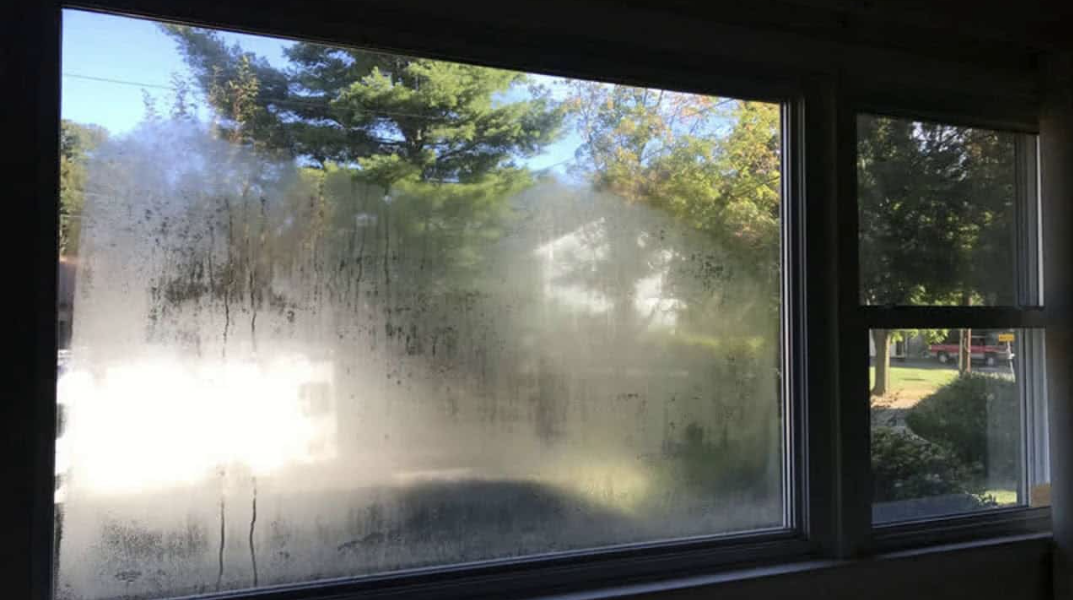Today we are going to be talking about Heart Rate Variability. Wait… that’s not right…. Today we are going to be talking about Heat Recovery Ventilators! Ever wondered how to keep your home comfortable while maintaining energy efficiency? Enter the Heat Recovery Ventilator (HRV), a nifty device that plays a crucial role in modern ventilation systems. But what exactly is an HRV, and why should you care?
What is an HRV? Simply put, an HRV is a ventilation system designed to provide fresh air to your home while simultaneously conserving energy. It works by exchanging stale indoor air with fresh outdoor air, all while retaining the heat from the outgoing air to warm up the incoming air during colder months, and vice versa during warmer months. This process helps to regulate indoor temperature and humidity levels while reducing the strain on your heating and cooling systems.
How does it work? The magic of an HRV lies in its heat exchange core, which allows the transfer of heat between the outgoing and incoming air streams. By harnessing the heat from the exhaust air, HRVs can preheat or precool the fresh air entering your home, depending on the season. This not only improves indoor air quality but also contributes to energy savings by reducing the amount of conditioned (heated or cooled) air leaving your home.
In addition to energy efficiency, HRVs offer other benefits such as improved indoor air quality and moisture control. By continuously exchanging air, HRVs help to remove pollutants, allergens, and excess moisture from your home, creating a healthier and more comfortable living environment for you and your family.
Where did my bathroom fans go? In most northern climates, HRV’s are installed in such a way that they replace the bathroom fans in the home. This is great as we no longer have the bathroom vents penetrating through the attic space!
Is there maintenance involved? You bet. All you have to do is open the front panel of your HRV and follow the cleaning instructions on the sticker in front of you. This will involved checking and cleaning the filters a few times a year, and cleaning the cooling core annually. You can download our home maintenance guide to help you remember when to do this!




